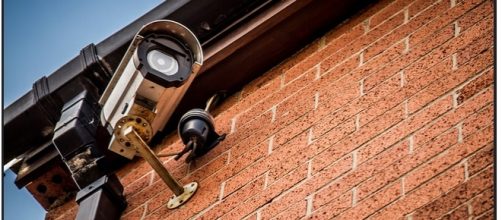Technology has come a long way in the home security industry. Some systems are internet-based, some operate with stand-alone cellphone units. Some still use a standard home phone and cell unit as a back-up in case the phone line is cut. With technology going almost completely wireless, a technician running wires from every door and window is becoming a thing of the past. Homeowners now have many options such as thermostats, lamp modules, and wireless cameras -- and they can control these features from their smartphone or other device.
Basic control
Your keypad is one way to control your security system if you are home or when you leave. There are also remote control fobs available for the basic functions. With the keypad you can turn on your system, bypass certain zones if needed, and make any entry and exit zones instant at night.
Doors and windows
It is always a good idea to put devices on all doors, windows are vulnerable as well and could be a point for a burglar to enter and should be considered. By choosing one or two doors to enter and exit from, the other doors and windows can be programmed as instant alarms in case of intrusion. The delay on the chosen door(s) allow the person with the code to enter and exit without setting the alarm off.
Motions
Motion detectors can cover a wider area than one window or door and will detect anyone moving within the line of sight of the motion detector. Motions have come a long way with technology. Detectors are now much more pet friendly, but still not immune. Helium balloons, spiders, and other insects can set off a motion. Curtains moving from a ceiling fan or heat vent can also trigger false alarms.
Glass breakage
In homes where pets are a concern, there are glass break detectors. These devices "listen" for the breakage of glass within a certain amount of space. These are good for covering large picture windows and bay windows. They can provide coverage of an area of windows without the cost of contacting each window.
Water and temperature
Water sensors are available to detect water in sump pumps or other areas of concern near water heaters or other sources of water. Temperature sensors can detect a change in things like freezers or in the home if the temperature goes below or above a set degree.
Smoke, heat and carbon monoxide
Smoke, heat, and carbon monoxide detection is crucial to a home security system. If these are triggered by smoke, heat, or carbon monoxide, the security system will alert your alarm company to call the authorities and are designed to save lives.
Home security isn't just for intruders anymore. Other options are available such as shock sensors, air conditioning unit sensors, and more. Now you can integrate wireless cameras, lamp modules, and more such as thermostats to customize your home security system, and can conveniently control it all from your smartphone or other internet enabled device.

